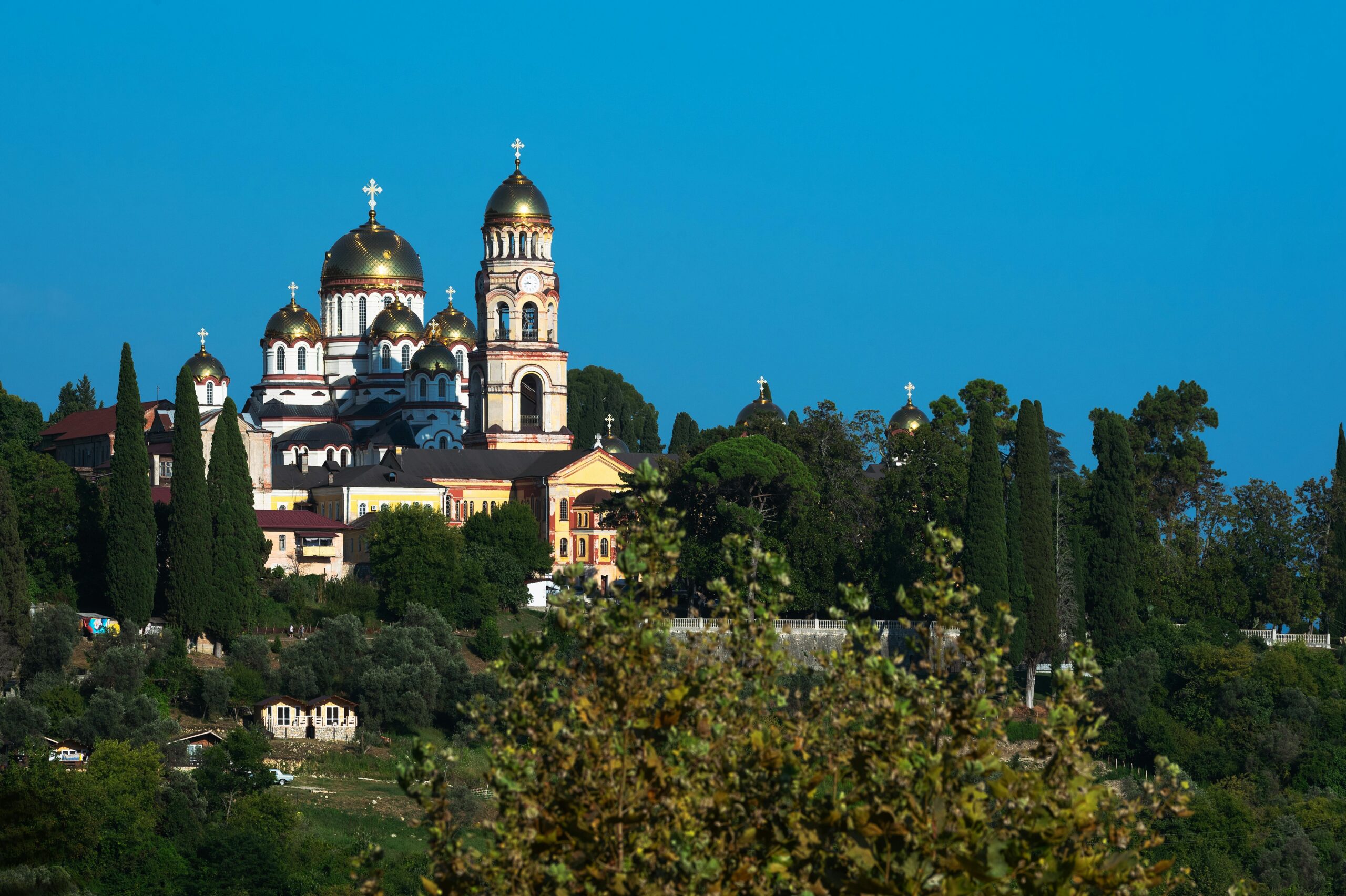Introduction
Pilgrimage has been a significant aspect of Christian devotion for centuries, deeply embedded in the spiritual life of Eastern Churches. These sacred journeys serve as an expression of faith, repentance, and devotion, allowing believers to connect with the divine through holy places associated with Christ, the Virgin Mary, saints, and martyrs. This article explores the rituals, significance, and spiritual impact of pilgrimages within Eastern Christianity.
Historical Background
Pilgrimage in the Eastern Churches dates back to the early Christian era, with believers traveling to sacred sites in the Holy Land, Egypt, and Asia Minor. Early Christian writings, such as those of Egeria in the 4th century, describe pilgrimages to places like Jerusalem, Bethlehem, and Mount Sinai. Over time, pilgrimage traditions developed across the Byzantine, Coptic, Syriac, Armenian, and other Eastern Christian traditions, each with its unique customs and practices.
Importance of Pilgrimage in Eastern Christianity
In Eastern Christian theology, pilgrimage is seen as a journey of spiritual renewal and transformation. It is not merely a physical journey but a means to grow closer to God. Pilgrims seek blessings, healing, and divine guidance by visiting holy sites. Some believe that these journeys help in the purification of sins and the deepening of faith.
Major Pilgrimage Sites in Eastern Christianity
1. Jerusalem and the Holy Land
- The Church of the Holy Sepulchre (site of Christ’s crucifixion, burial, and resurrection)
- The Garden of Gethsemane
- The Church of the Nativity in Bethlehem
2. Mount Athos (Greece)
- A monastic republic home to Orthodox monasteries, considered a spiritual center for Eastern Orthodox Christians.
3. Saint Catherine’s Monastery (Mount Sinai, Egypt)
- One of the oldest Christian monasteries, associated with the biblical story of Moses receiving the Ten Commandments.
4. Echmiadzin (Armenia)
- The spiritual center of the Armenian Apostolic Church and a key pilgrimage site.
5. Lalibela (Ethiopia)
- Known for its rock-hewn churches, considered a “New Jerusalem” for Ethiopian Orthodox Christians.
Rituals and Practices of Pilgrimage
1. Preparation and Fasting
Before embarking on a pilgrimage, many Eastern Christians observe fasting, prayer, and confession to prepare themselves spiritually for the journey.
2. Processions and Liturgies
Pilgrimages often include liturgical celebrations, processions, and communal prayers, reinforcing the spiritual aspect of the journey.
3. Veneration of Relics and Icons
At sacred sites, pilgrims venerate relics of saints, miracle-working icons, and other holy objects, seeking divine grace and intercession.
4. Baptism and Holy Water Rituals
Some pilgrimage sites, such as the Jordan River, offer opportunities for pilgrims to be baptized or partake in holy water rituals.
5. Lighting Candles and Offering Prayers
A common practice in Eastern Christianity is lighting candles at shrines, symbolizing the presence of Christ as the light of the world.
Spiritual Benefits of Pilgrimage
- Deepening of Faith – Pilgrims often experience a renewed sense of faith and connection with God.
- Healing and Miracles – Many believers testify to experiencing physical or spiritual healing at sacred sites.
- Community and Fellowship – Pilgrimage fosters a sense of unity among believers, strengthening communal bonds.
- Repentance and Renewal – Pilgrims engage in acts of repentance, confession, and prayer, leading to spiritual renewal.
Conclusion
Pilgrimage in Eastern Churches remains a powerful spiritual practice that connects believers to their religious heritage, sacred traditions, and divine presence. It is a transformative journey that enriches faith, fosters devotion, and brings the pilgrim closer to God. Whether visiting Jerusalem, Mount Athos, or ancient monasteries, these sacred journeys continue to inspire millions of faithful worldwide.
Sacred Christian Pilgrimage Organization is a non-profit organization devoted to inspiring spiritual growth through Christian pilgrimage. We create content to guide and support individuals on meaningful journeys of faith.





